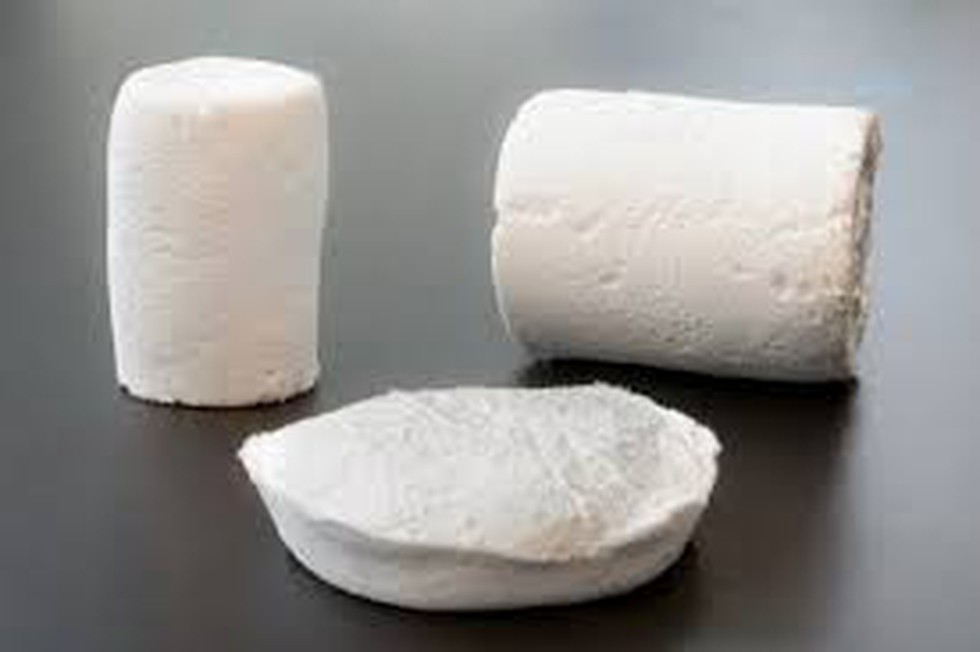About Xerogel:
- It is a solid form of a gel obtained by drying it with unhindered shrinkage.
- The drying process of xerogels involves solvent evaporation under standard conditions using conventional methods.
- They are mesoporous materials having high thermal stability.
- The most important properties of xerogel are as follows: nontoxic, cost-effective, biocompatible and high surface area, High porosity and can easily be modified
- The most common examples of xerogels are carbon-based xerogels and silica-based aerogels.
- Application: It is used as catalysts, adsorbents, sensors, membranes and also in drug delivery systems.
What is the Difference Between Aerogel and Xerogel?
- Aerogels form when the liquid from the gel is extracted at a supercritical state, whereas xerogel forms when the liquid from the gel is evaporated at room temperature.
- Moreover, aerogel has a comparatively larger surface area than xerogel.
Highlights of the research
- Recently, researchers have developed a highly porous spongy xerogel hemostatic dressing supplemented with substances that bind to a receptor inside a cell (agonists) like silica nanoparticles (SiNPs) and calcium.
- This material increased the blood clotting index by 13-fold in comparison to commercial dressing clotting capacity.
- The well-characterized xerogel showed the presence of multiple pores of around 30 µm size that contributed to the high absorbance capacity of the dressing. The supplements improved the clotting capacity and resulted in quick absorbance of blood.
